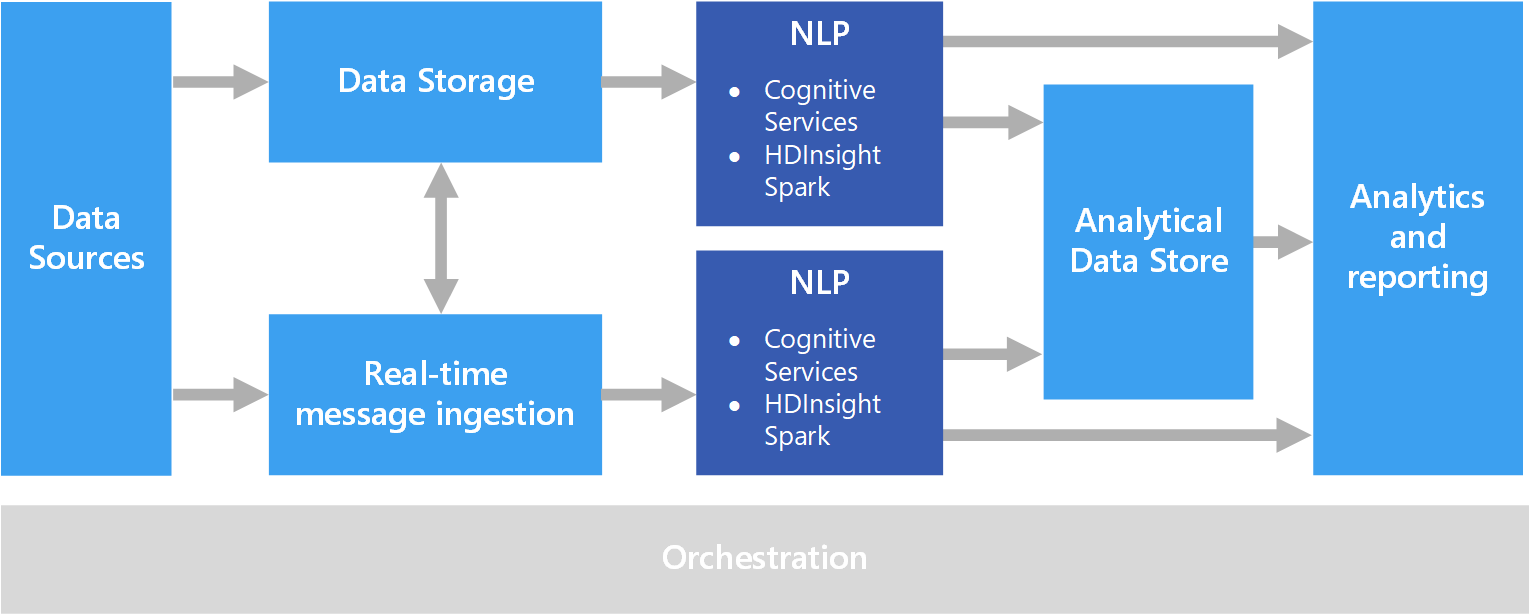Interactions between humans and computers to draw insights from data has been in practice since 1950. With the help of artificial intelligence and computational linguistics, machines are able to learn the natural language used by humans in a more efficient way. Although the terms natural language processing (NLP) and natural language understanding (NLU) are closely related to each other and sometimes they are used interchangeably, these two concepts are different from each other with a little layer of similarity.
In this article, we will discuss the differences between natural language processing (NLP) and natural language understanding (NLU).
Similarities Between NLP & NLU
NLP is a subfield of AI and NLU is a subfield of NLP. NLU being the subtopic of NLP, it helps in processing the human-like understanding from the unstructured data i.e. languages. The similarities between them and they are mentioned below
- Both of the concepts are used in the techniques of natural language
- Both of them are implied to gain insights from unstructured data such as languages
Understanding The Basics
Natural Language Processing (NLP)
Natural Language Processing is a subfield of AI which helps in gaining insights from meaningless and unstructured data. It basically aims to convert human language into a formal representation which is easy for computers or machines to manipulate. Besides text recognition, NLP has the ability to recognise meaningful insights from videos and other unstructured materials. This technique helps a machine to understand the sentences and convert them into meaningful information.
NLP includes various approaches such as tokenizer, entity extraction, sentence boundary detection, etc to extract information from free-form text. The use cases of this technique involve summarising text by identifying the entities present in the document, analysing the sentiment in a given text, classifying documents by labelling it as sensitive, spam, etc.
Natural Language Understanding (NLU)
Natural Language Understanding (NLU) or Natural Language Interpretation (NLI), on the other hand, is the subtopic of NLP which deals with machine reading comprehension by breaking the elemental pieces of speech. NLU communicates with the untrained and unstructured data in order to understand their insights and meanings, i.e. this technique determines a user’s intent.
Architecture
In NLP, in terms of the pipeline, the overall architecture can either be batch processing or real-time processing architecture. These architectures work well in terms of sentiment analysis. Batch processing can be applied from simple data transformations to a complete ETL pipeline. While real-time processing is applied to the stream of data which is collected in real-time.
Fig: NLP pipeline (Source)
In NLU, the system shares a lexicon with a suitable ontology of the language, a parser, and various grammar rules in order to break sentences into an internal representation. It includes a semantic theory which is responsible for the interpretation capabilities of the system to guide the comprehensions in a sentence.
Applications
In the present scenario, NLP has been used widely by organisations for machine translation i.e. converting information from one language to another. Another common application of NLP is sentiment analysis. By performing sentiment analysis, one can identify the sentiments which are hidden behind online posts, comments, etc. Nowadays, companies are implementing sentiment analysis in their businesses in order to understand the customers’ opinion, reviews, etc. and build better relationships with the customers. Some other applications of NLP are spam filtering, text classifications, social website feeds, voice recognition, among others.
On the other hand, NLU is used to create mainly chat and speech-enabled bots which can interact with humans without being explicitly supervised. Organisations deploy this technology in order to understand the customer’s expression in both spoken and written language. Several tech leaders are using NLU in their systems such as Amazon Lex, Google Assistant, among others.




















































































